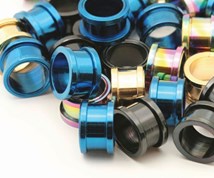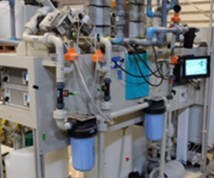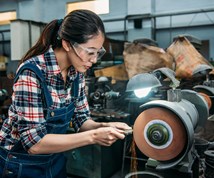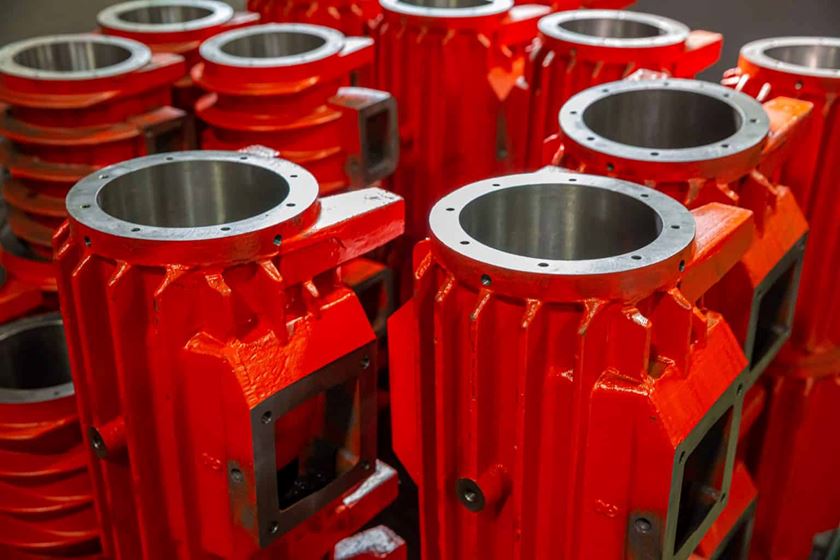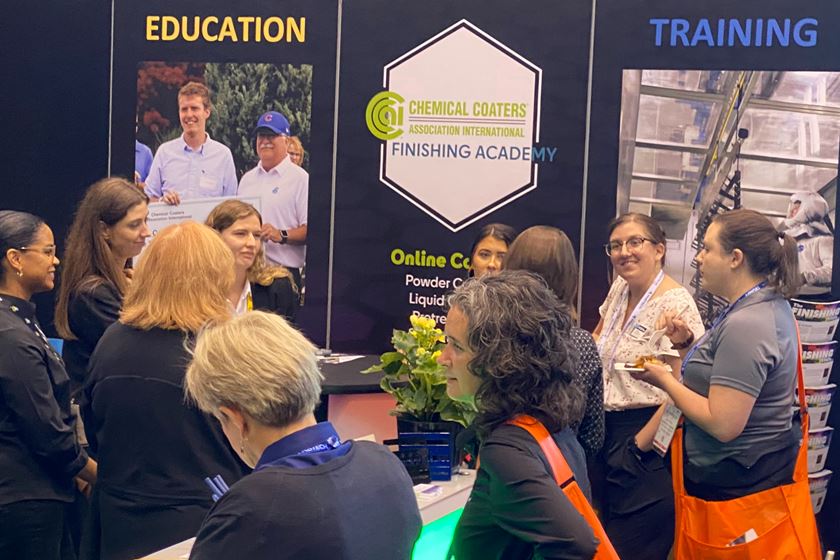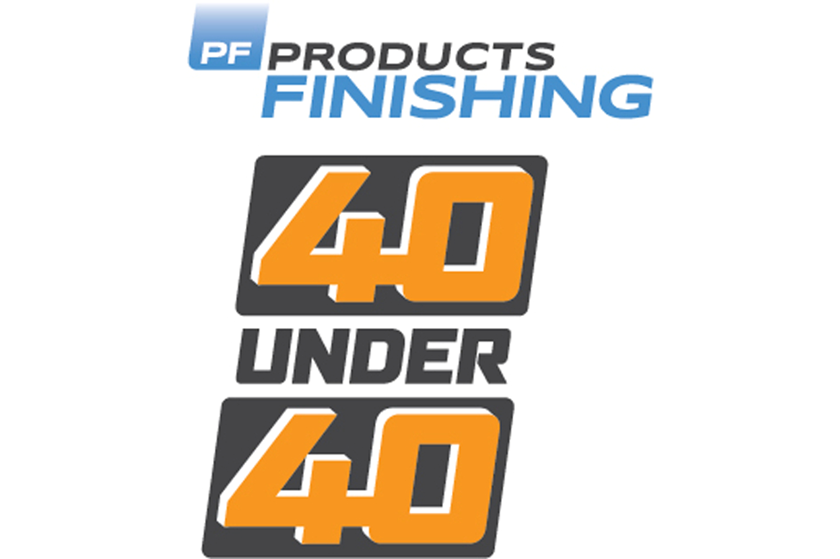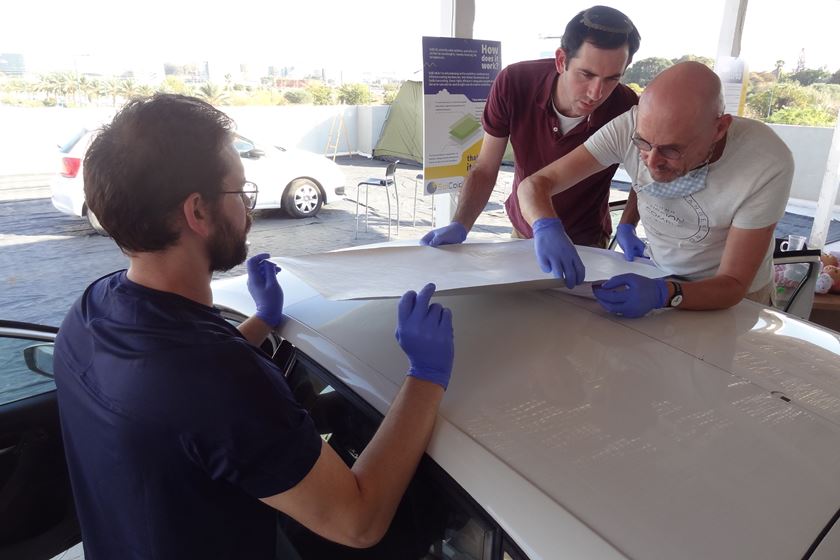Powder Touchup
Our powder booths have an automatic application area followed by two manual touch-up stations. We have ongoing problems with light coating in areas of the parts, requiring manual touch-up. Areas around welds, seams and inside corners do not get the required coverage, and we have to use spray touch-up paint or recoat the parts. How can we do a better job in these areas?
Q. Our powder booths have an automatic application area followed by two manual touch-up stations. We have ongoing problems with light coating in areas of the parts, requiring manual touch-up. Areas around welds, seams and inside corners do not get the required coverage, and we have to use spray touch-up paint or recoat the parts. How can we do a better job in these areas? C.D.
A. This is a good question and one that is fairly common. There are many different issues that affect coverage in the areas you describe, what the industry refers to as Faraday cage areas.
Featured Content
First of all, you need to be absolutely certain that you maintain good earth ground at all times. Earth ground is a critical part of the electrostatic process, and essential for good coverage and consistent film build. Poor ground leads to more light coating, less consistent film build and more rejects.
The reason these recessed areas are challenging when applying an electrostatic coating is the natural resistance associated with electricity. The powder gun generates a high-voltage discharge at the electrode. The voltage breaks down air molecules and generates a large number of electrons field around the gun tip, called a corona field. This current will flow to the most convenient ground source it can find, the path of least resistance. When the powder passes through the corona field, it will collect a number of electrons and become negatively charged. In a charged condition, the powder is influenced by the same electrical resistance as the flow of current. This causes a preferential build of powder in areas of the part that are the most accessible to the flow of current and lower film deposition in areas of resistance. In addition to the electrostatic resistance, the forward velocity caused by the air in the powder delivery system creates some turbulence in the Faraday areas and creates additional challenge to powder deposition there.
Proper gun settings are also essential to success in Faraday areas. The flow rate must be high enough to drive some powder into the area, but excess velocity is not helpful. Avoid excess velocity. Adjust the pattern so that it is uniform and does not puff or surge. A low to medium flow rate is best. Avoid excess current draw. A current level above 35 micro-amps can make coverage in the recesses more difficult. Many of the more modern powder guns have a deep recess setting that automatically limits the current or a current limiter that will allow you to adjust the micro-amps.
Another factor is application technique. It is easier to coat the Faraday areas before the rest of the part is covered. If the system is all manual, that is not a challenge. However, if the system has automatic guns and manual reinforcement, it will depend on where the manual touch-up zone is—before the automatic guns or after. The pre-touch-up position is best from a coverage standpoint. The resistance is lower if the rest of the parts have not been before coverage by automatic guns. But the applicators must be knowledgeable and coat the right areas, and the automatic coverage must be controlled to avoid misses. Post touch-up provides a last area of inspection before the part goes to the oven. Having both pre- and post-touch-up is the best, but that is a luxury that most facilities will not want to pay for.
One last thing to check is the oven. If you use a powered air curtain or if your oven has turbulent airflow, you be blowing powder off the parts. The weaker attraction in the Faraday areas makes it more vulnerable to powder loss in the oven. You can extend the entrance vestibule and turn off the air curtain or install an infrared booster oven to gel the powder and prevent loss in the oven.
Make sure you have good ground. Position the part consistently, and make it easy to reach. Keep the flow rate at an optimum level, and keep the amperage down. Make sure the oven is not blowing powder off the parts.
RELATED CONTENT
-
The Powder Coating Process
Powder coating is one of the most durable finishes that can be applied to industrial manufactured products, and offers excellent corrosion protection and is very safe because of its lack of volatile organic compounds. To understand the powder coating process you should start with the fundamentals.
-
Masking for Surface Finishing
Masking is employed in most any metal finishing operation where only a specifically defined area of the surface of a part must be exposed to a process. Conversely, masking may be employed on a surface where treatment is either not required or must be avoided. This article covers the many aspects of masking for metal finishing, including applications, methods and the various types of masking employed.
-
Anodizing Vs. Powder Coat
I am an engineer on a large yacht build project and urgently need information and advice on choosing a finish for the aluminum deck plates in the engine room.



